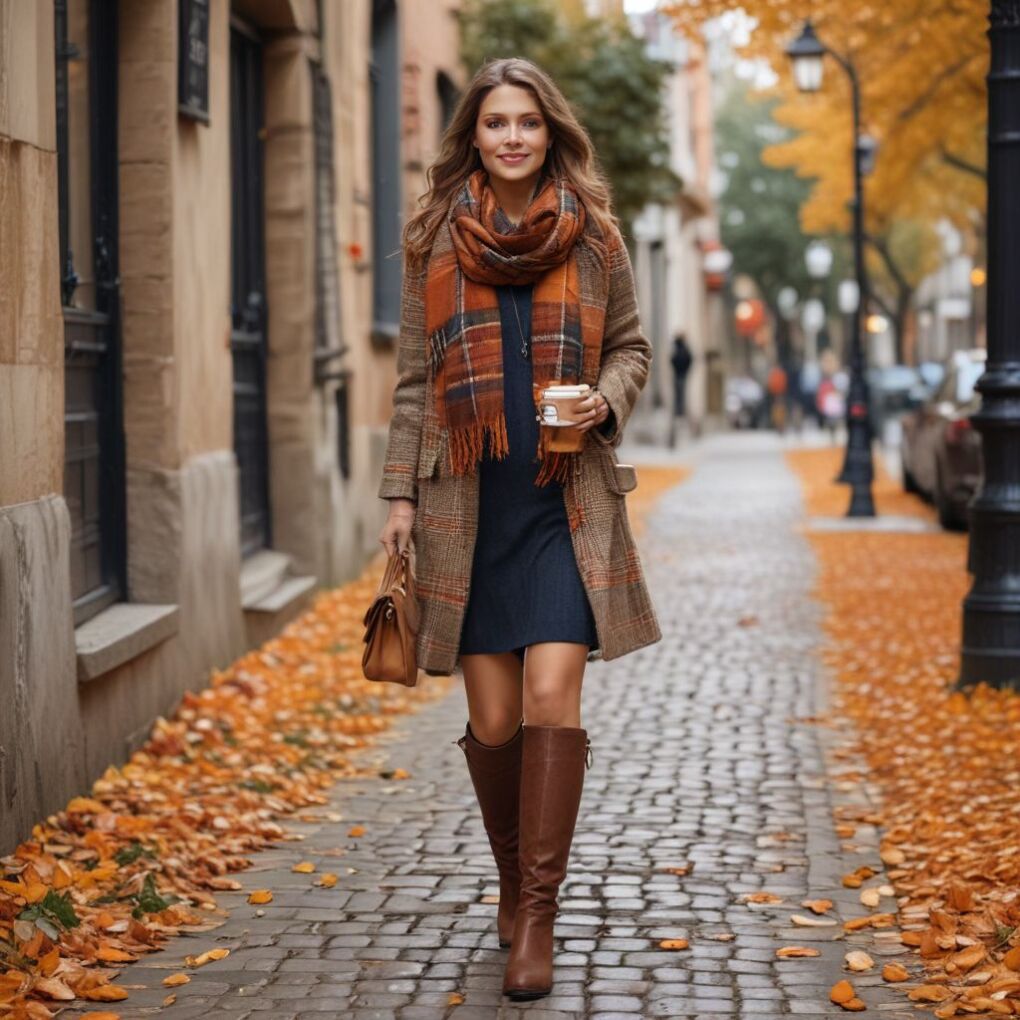Mastering the art of luxury layering allows for both style and comfort across all seasons. By thoughtfully combining textures, fabrics, and silhouettes, you can create sophisticated ensembles suitable for any weather. This guide offers insights into effective layering techniques tailored to each season.
Spring: Embracing Light Layers

Fabric Selection: Opt for breathable materials like cotton, linen, and lightweight knits to accommodate fluctuating temperatures.
Layering Strategy: Start with a base layer such as a fitted tee or blouse, add a lightweight sweater or cardigan, and finish with a trench coat or denim jacket.
Color Palette: Incorporate pastel shades and neutrals to reflect the freshness of spring.
Accessories: Use scarves and hats to add dimension and adaptability to your outfit.
Summer: Minimalist Layering

Fabric Selection: Choose airy fabrics like linen, chambray, and silk to ensure comfort in heat.
Layering Strategy: Pair a lightweight camisole with an open-weave cardigan or kimono. For evenings, consider a light blazer or denim jacket.
Color Palette: Embrace vibrant colors and bold patterns to capture the season’s energy.
Accessories: Incorporate lightweight scarves or shawls for added style without bulk.
Autumn: Transitional Layering

Fabric Selection: Introduce warmer materials like cashmere, wool blends, and heavier cottons.
Layering Strategy: Combine a turtleneck or long-sleeve shirt with a vest or light sweater, topped with a tailored blazer or trench coat.
Color Palette: Utilize earthy tones such as browns, oranges, and deep greens to mirror the season’s hues.
Accessories: Add textured scarves and leather gloves for both warmth and style.
Winter: Insulating Layers

Fabric Selection: Prioritize insulating fabrics like wool, cashmere, and down.
Layering Strategy: Begin with thermal undergarments, add a thick sweater or fleece, and complete with a heavy overcoat or parka.
Color Palette: Opt for rich, dark colors such as navy, black, and burgundy for a classic winter look.
Accessories: Incorporate hats, scarves, and gloves made from warm materials to protect against the cold.
General Layering Tips
Texture Mixing: Combine different textures to add depth and interest to your outfit. For example, pair a silk blouse with a chunky knit sweater.
Proportion Balance: Ensure that layers complement each other in size and fit to avoid bulkiness. For instance, balance an oversized top with fitted bottoms.
Functional Outer Layers: Choose outerwear that not only complements your ensemble but also provides appropriate protection against the elements.
Versatile Pieces: Invest in high-quality, versatile items that can be layered in multiple ways across different seasons.
By applying these luxury layering techniques, you can curate stylish and functional outfits that transition seamlessly through the seasons, ensuring both elegance and comfort year-round.

